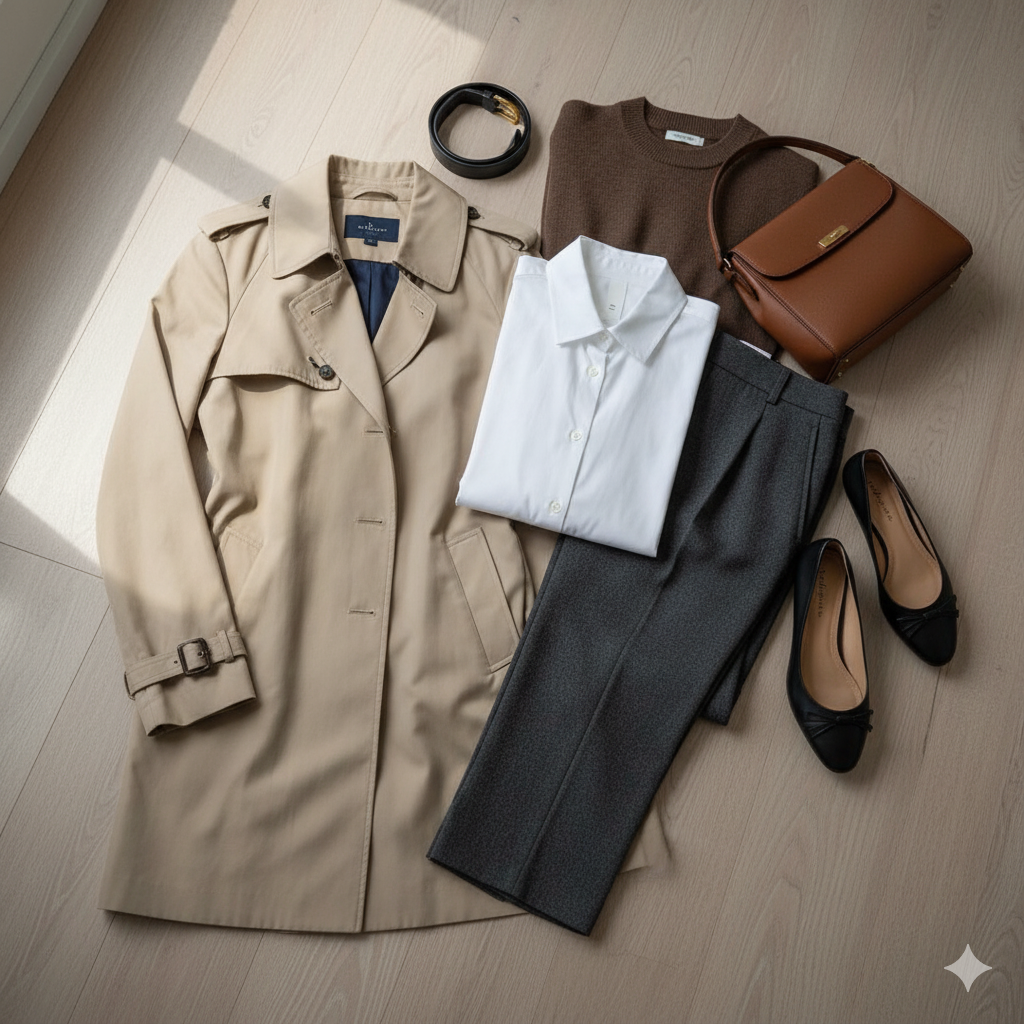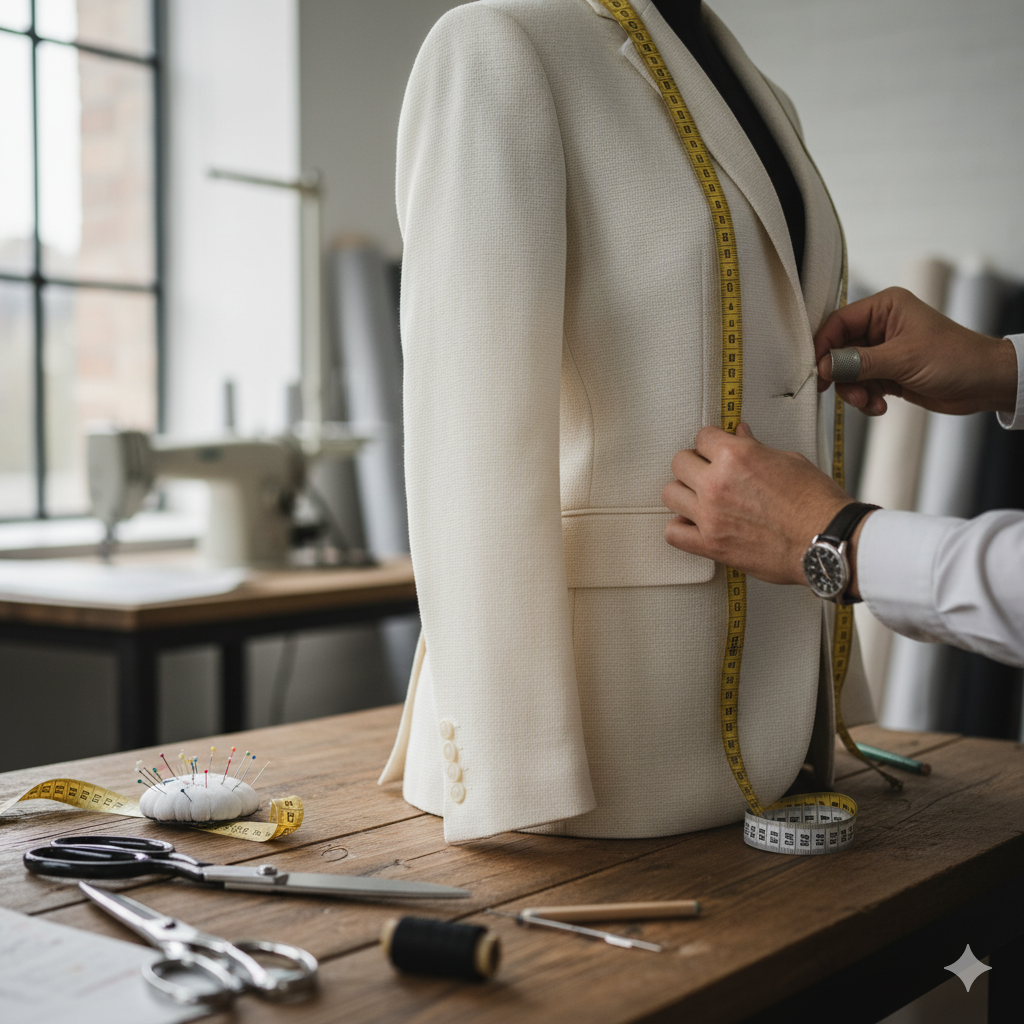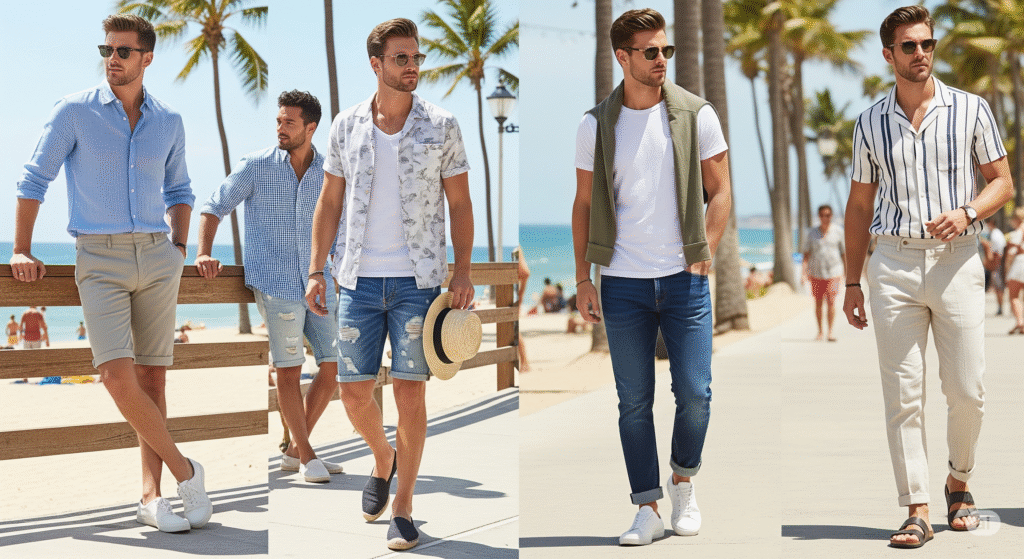We’ve all seen them: the people who seem to have a flawless, high-end wardrobe without an obvious budget to match. They have an innate ability to make even the simplest items look luxurious. The secret isn’t a magical bank account; it’s an understanding of what makes clothes look expensive. Luxury isn’t just about a brand name; it’s about quality, attention to detail, and intentional styling. By learning to spot the subtle cues of quality and focusing on smart shopping principles, you can transform your wardrobe and project an air of sophistication, all without a hefty price tag.
Fabric is Key: The Feel of Luxury
The first thing to look for is the fabric. Cheap fabrics often have a telltale sheen, a flimsy feel, or a tendency to wrinkle instantly. They don’t drape well and can make an otherwise stylish outfit look cheap. High-quality fabrics, on the other hand, have a rich texture and a beautiful drape that elevates any garment.
- High-Quality Cotton: Not all cotton is created equal. Look for good quality cotton that feels substantial and soft, not thin and scratchy. A crisp, structured cotton shirt will hold its shape and look far more polished than a flimsy, thin one.
- Linen Blends: Linen has a naturally luxurious, relaxed texture. However, pure linen can be prone to heavy wrinkling. Look for linen blends, which often combine the best qualities of linen with the wrinkle-resistance of other fabrics.
- Viscose: Often used as a substitute for silk, viscose has a beautiful drape and a soft feel. It can look very expensive in a dress or blouse that requires a fluid silhouette.
- Avoid Synthetics: Be wary of shiny polyester or nylon. While some modern synthetics can be great, a shiny, cheap synthetic fabric is a surefire sign of low quality.

Check the Details: The Devil is in the Seams
An expensive item is made with care, and that care is visible in the small details that most people overlook. Before you buy a new piece, take a moment to inspect it closely.
- Stitching and Seams: Look at the stitching. Is it even and neat? Are there any loose threads? Clean, even stitching and flat seams are a sign of a well-made garment that will last. If the stitching is sloppy, it’s a clear indicator of poor quality.
- Buttons and Zippers: Cheap, plastic buttons or flimsy zippers can ruin the look of an entire garment. Look for buttons made from natural materials like mother-of-pearl or wood. Zippers should be sturdy and glide smoothly without catching.
- Lining: Is the garment lined? A quality lining helps a garment drape better, last longer, and feel more comfortable. An unlined blazer, for example, will always look cheaper than one with a high-quality lining.
The Power of Neutrals: A High-End Palette
While vibrant colors are fun, a wardrobe built on a foundation of neutrals almost always looks more high-end. Neutrals are timeless, sophisticated, and can be mixed and matched to create endless outfits. They look chic and intentional without trying too hard.
- Black, White, and Gray: The ultimate power trio. A great-fitting black dress, a crisp white shirt, and a pair of gray trousers are the foundation of a sophisticated wardrobe. These colors are classic, versatile, and instantly elevate any look.
- Beige and Navy: These colors are just as versatile as black and white but can feel a bit softer. A classic navy blazer is a professional staple, while a beige linen shirt has an effortless, elegant vibe.

Fit Over Everything: The Ultimate Secret
The single most important factor in making a garment look expensive is its fit. A perfectly-fitting affordable dress will always look better than an ill-fitting, expensive one. A garment that drapes beautifully and follows the lines of your body sends a message of confidence and polish.
- Know Your Body: Take your measurements and understand what silhouettes work for your body type.
- Tailoring is an Investment: Even if a garment fits well off the rack, a small investment in tailoring can make it look custom-made. Hemming your trousers to the perfect length, taking in the waist of a dress, or shortening the sleeves of a blazer can transform a cheap item into a showstopper.
By focusing on these four key principles—fabric, details, color, and fit—you can train your eye to spot quality and build a wardrobe that looks and feels expensive, no matter your budget.

